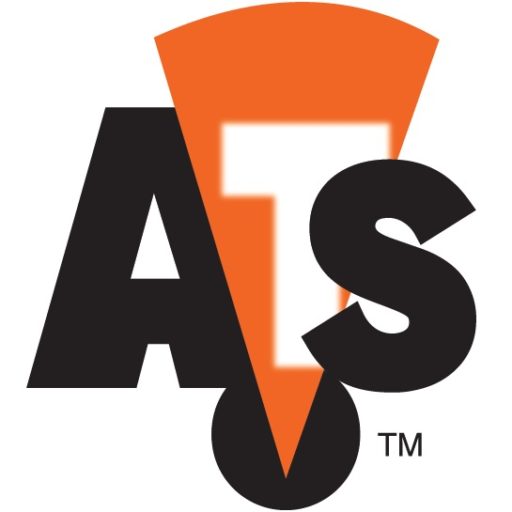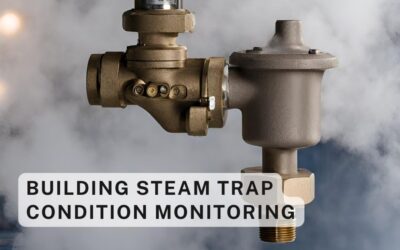Steam traps play a significant role in steam systems in manufacturing plants. When operating effectively, steam traps retain heat within the system by removing condensate, air, and other gases from the system. As cold winter weather begins to set in, your steam system will have to work even harder to generate the steam necessary to enable your processes. Increased strain on your steam system will exacerbate any losses in the system. Performing regular steam trap surveys will help identify problem areas in the system. Repairing leaking or failed steam traps will have a positive impact on product quality, safety, and energy loss.
Infrared thermography is the primary technology used to perform steam trap surveys. Using an infrared camera, a technician is able to identify traps which are blocked, blowing through, or have insufficient capacity. These problems all lead to differences in temperature in the trap, often caused by condensate backlog. Another benefit of performing a steam trap survey using an infrared camera is the ability to scan traps from a distance. Some steam traps may not be easily accessible, which would make them difficult to evaluate with ultrasonic equipment.
A technician performing a steam trap survey will often use ultrasonic testing equipment to complement their infrared camera. Ultrasonic testing equipment can be used to listen to the internal mechanisms of the steam trap. When a steam trap isn’t working as intended, the sound created from the blockage or wear will be noticeably different from the sound of a steam trap in good condition. Using an ultrasonic contact probe, a technician can accurately detect traps that are partially open or partially closed.
Steam trap surveys performed with either infrared or ultrasonic equipment each have their own unique advantages and disadvantages. Ultrasonic testing equipment is the most accurate at determining all of the potential faults in the steam trap, but it requires being in direct contact with the steam trap and having another person open and close the line valve. In large facilities, the volume of steam traps and their locations can limit the practicality of surveying the entire system with ultrasonic equipment. Infrared cameras are effective at quickly assessing steam traps within line of sight, but have a tendency to miss partially open or partially closed traps. At ATS, we perform steam trap surveys by first scanning the steam traps with an infrared camera to find any bad actors. Throughout the infrared survey, questionable traps are noted. Once the infrared scan is completed, our technicians test any traps which initially raised red flags with the ultrasonic contact probe. By performing the survey in this fashion, our technicians are able to quickly able to assess the entire steam system.
Steam trap surveys are a significant part of steam system management. Ideally, surveys should be performed using both infrared and ultrasonic equipment. Once identified, faulty traps should be repaired or replaced immediately to maximize the return on investment.






0 Comments